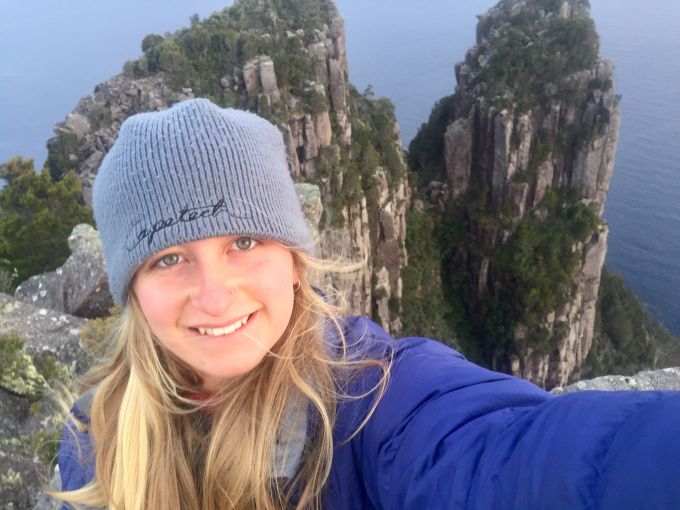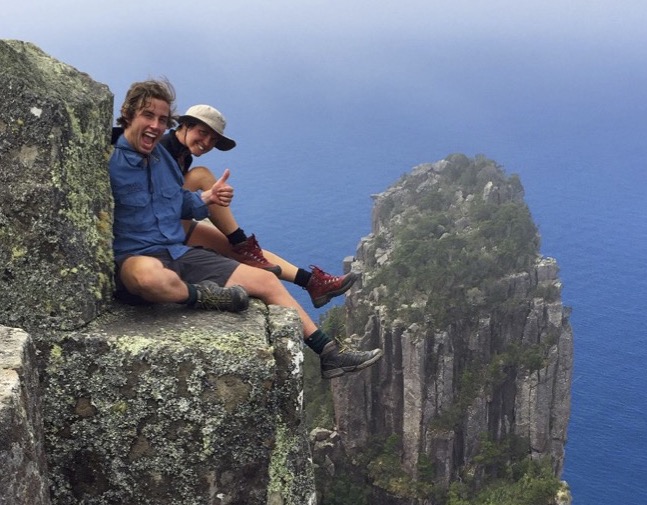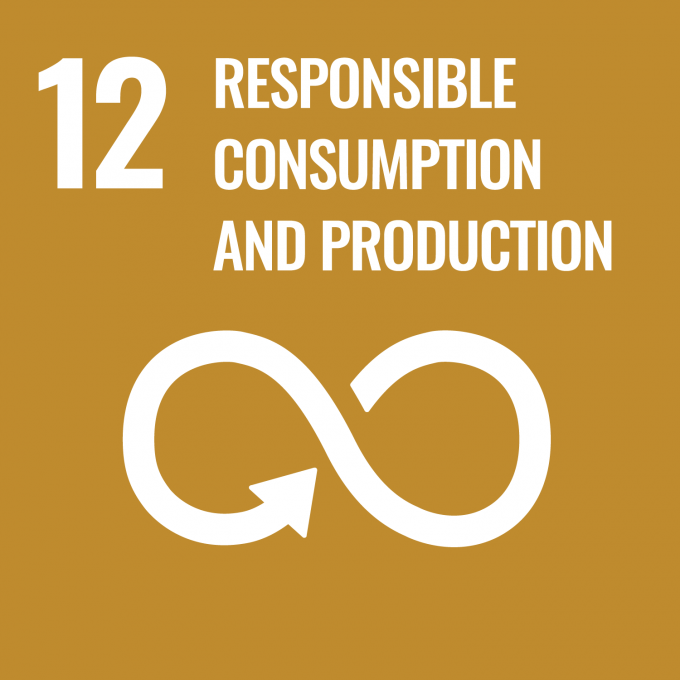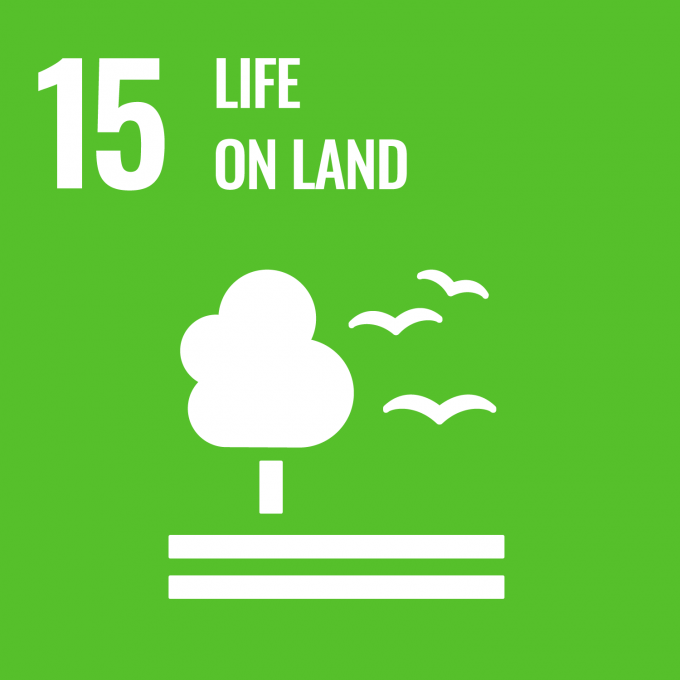Itinerary
Tour day-by-day
-

Day 1: 2 - 12km
Guests are picked up from their central Hobart accommodation between 8.30am and 8.45am. The group is then driven to Triabunna, about 90 minutes away, to board one of the local ferry boats which crosses Mercury Passage en-route to Darlington on the island. Landing at the historic Darlington precinct, just a short walk to the historic Bernacchi House, guests can relax around the house in front of the wood fires or take a walk to the stunning Painted Cliffs or Fossil Cliffs to watch the sunset over the water.
These massive limestone cliffs store a prolific volume of fossils from a 280 million year old sea bed including fully formed shell fossils. At Darlington, it is common to see grazing Common Wombats, Forester Kangaroos, Bennett's Wallabies, Cape Barren Geese, Tasmanian Native Hens, with a keen eye spotting pairs of beautiful Flame Robins darting around.
 “The island is nicknamed Noah’s Ark because in the 1960s a variety of threatened species, such as Cape Barren Geese and Forester Kangaroos, were introduced to the island for their own protection. You really have to come here to understand just how much wildlife is around.”
“The island is nicknamed Noah’s Ark because in the 1960s a variety of threatened species, such as Cape Barren Geese and Forester Kangaroos, were introduced to the island for their own protection. You really have to come here to understand just how much wildlife is around.”Holly Schorta - Guide
Delicious fresh Tasmanian produce and fine wines will be served by the guides. The approximate walking distance is 2 km or up to 12km if taking one of the afternoon walks.
-

Day 2: 6 - 18km
After a leisurely and relaxed breakfast, there’s plenty of time to enjoy the surroundings before guests choose their walking trail for the day. For the adventurous, there is the choice of the island's two towering mountain peaks of Mt Maria or Bishop and Clerk. These both provide stunning views towards Tasman Island, Freycinet, Schouten Island and the Ile Des Phoques.
Towards the top of the peaks, small scree and big dolerite boulders are a remnant of the last glaciation period around 20,000 years ago, when upright columns fell due to freezing between the rock. For a more relaxed stroll, the Reservoir Circuit or Oast House Circuit is ideal that provide abundant opportunities to see the island's marsupials.
 “Guests have the opportunity to climb Mount Maria or Bishop and Clerk, or both if they’re serious mountain goats. The incredible diversity the mountain peaks have to offer is a highlight of the trip. The juxtaposition between the pristine turquoise water at sea level and the rugged dolerite peaks is simply breathtaking. It’s a really unique geographical drawcard for the east coast of Tasmania.”
“Guests have the opportunity to climb Mount Maria or Bishop and Clerk, or both if they’re serious mountain goats. The incredible diversity the mountain peaks have to offer is a highlight of the trip. The juxtaposition between the pristine turquoise water at sea level and the rugged dolerite peaks is simply breathtaking. It’s a really unique geographical drawcard for the east coast of Tasmania.”Davis Hinton - Guide
Arriving back at Bernacchi House in the afternoon, guests will be entertained by native birds, Bennett's Wallabies and Tasmanian Pademelons, often seen eating the heritage lavender in the gardens. After enjoying delicious local wines on the deck, guests will be served a satisfying and scrumptious dinner. Walking distances range from 6 kilometres up to 18 kilometres if a mountain peak is chosen.

-

Day 3
After breakfast, guests can explore Darlington, the convict settlement and industrial ruins of this World Heritage Listed site. The island’s grasslands are one of Australia's best locations for viewing wombats, kangaroos and wallabies in a natural setting. Forester Kangaroos, Bennett's Wallabies, Cape Barren Geese, Tasmanian Native Hens are commonly seen grazing in natural or historic clearings, whilst pairs of beautiful Flame Robins dart around.
A farewell lunch will be served overlooking Darlington before guests board the boat for Triabunna and the return trip to Hobart or the airport at approximately 6pm.
-

Tour details
Group Size: Maximum of 8 guests
Pick-up and Drop Off Point: Hobart accommodations in city centre.
Pick-up and Drop-off Time: 8:00am pick up on day one and 6:00pm drop off on day four at airport, or 6:30pm drop off in city.Food & Wine
Tasmania’s local produce, wineries and boutique beers are world famous and we use the freshest of produce from local suppliers like:
- Pigeon Hole Bakery
- Wellington Apiary
- Hill Street Grocer
- Huon Salmon
- Ashgrove Cheese
Our guides prepare restaurant quality meals and each evening serve a 3 course, candlelit dinner under the stars complimented by award winning Tasmanian wines from vineyards like Cape Bernier, Springvale and Bream Creek and local beers. Bon appétit.
How you'll be making a positive impact
We have aligned our sustainability vision with the United Nation’s Sustainable Development Goals (SDGs). Rubbish Minimisation on Maria Island
Rubbish Minimisation on Maria Island
The team behind The Maria Island Walk pride themselves on generating less than one bag of rubbish throughout the four-day experience, which accommodates up to 12 people. Their on-site robust waste management system includes cleaning and sorting recyclable materials, and ensuring all organic waste is composted. Keep Cups are given to guests to avoid single-use items.
 Revegetating Four Mile Headland on Maria Island
Revegetating Four Mile Headland on Maria Island
The team at The Maria Island Walk has partnered with Tasmania Parks and Wildlife Service to re- plant over 800 colonial-era heritage trees on Maria Island. The tree planting work began in in 2014 at Four Mile Headland, which is located about seven kilometres from Darlington and where guests arrive on day two of the four-day walk.
 Minimising Water Usage on Maria Island
Minimising Water Usage on Maria Island
The Maria Island Walk’s safari-style wilderness camps are located in off-grid remote locations, designed to have a small environmental footprint with low-water bush showers, clean composting toilets and utilising rainwater harvesting systems. Through these processes, guests utilise an average of eight litres of water per night, with all water treated on site.
Media Gallery
-

Wine & Wildlife of the Southeast
From $6,228 USD
12 days/11 nights
Available months: January to December.
-

Family with Teens Wildlife Adventure
From $4,446 USD
10 days/9 nights
Available months: January to May, October to December.
-

Luxury Outback, River to Coast Walking Safari
From $7,500 USD
13 days/12 nights
Available months: May to September.














